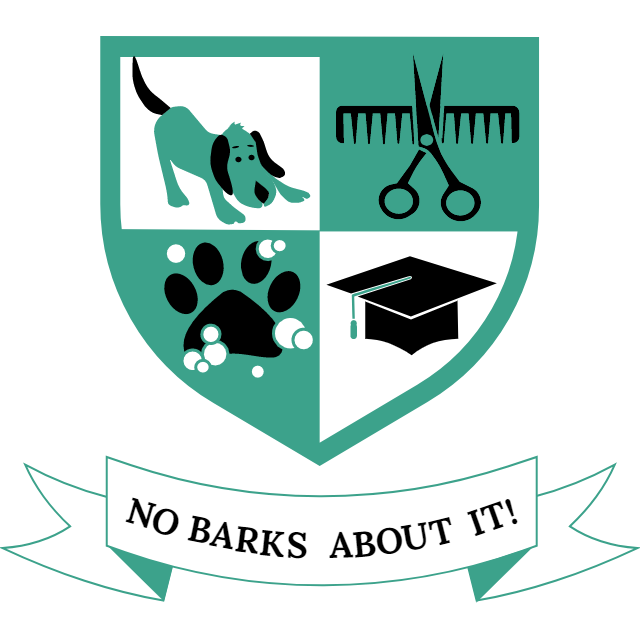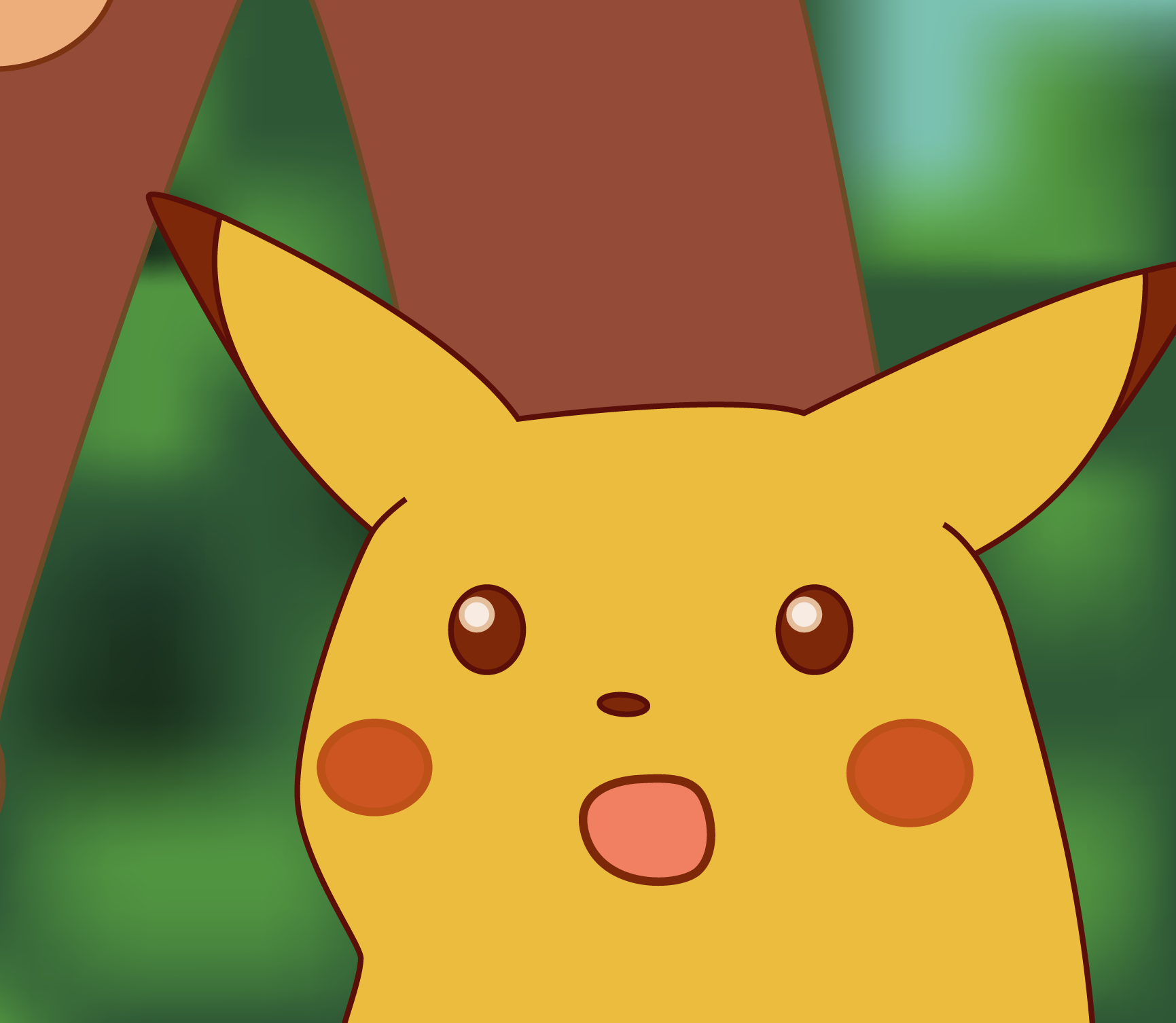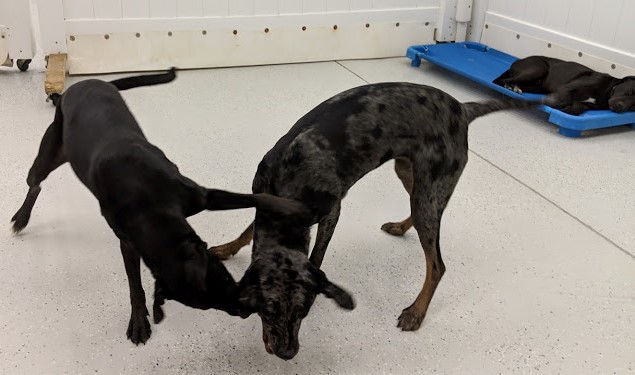We are excited to introduce our new Dayschool Program for 2021!
Why are we changing?
Traditional daycare is all-day play in larger groups (10+ dogs) with crated rest times. This setup is suitable for young, high energy, confident dogs. This environment can be overwhelming to young puppies and shy dogs causing them to be anxious and not enjoy their interactions. It’s also an environment that almost all adult dogs age out of; adult dogs are often annoyed by the antics of their younger friends causing them to be grumpy, frustrated and not enjoy their play time. If you think of it in terms of children; your 13 year old kid doesn’t want to play all day with the 6 year olds. And all of them would be either bored or over-tired after 8 hours on the playground!
Since 2017 we’ve worked to counter this by adding a strong training component to daycare; all the dogs are taught the same set of commands to regulate play, taught to sit at doorways, recall, basic manners and rewarded for their good decisions and patience. Our goal was to add mental stimulation to the physical fun of group play but what we’ve discovered is our adult dogs get bored with the limited type of training we can accomplish in a large group setting. They know *all the things* and we aren’t able to challenge their brains with all the younger dogs requiring our attention simultaneously. Adult dogs also naturally become more selective of the dogs they enjoy interacting with and we often are unable to create a group of just the dogs they enjoy. Our anxious or timid dogs were too overwhelmed with the larger group size to be able to focus on the learning. All of these dogs benefit from group play to an extent but the maximum benefit comes from shorter session and smaller groups.
The other issue we see commonly is that dogs do more of what they practice. If they play all day, they’ll think of every dog they see as a play opportunity. If they learn that play is a reward for being calm in varied settings, and around other dogs then their default will become calm - and you reward that by allowing play! The ability to focus and respond to the human in the presence of other dogs is imperative and something we’ve worked hard to accomplish in daycare but again - we are limited by what we can do in large groups.
Overall: there is a need for enrichment, play and training for dogs who do not fit the traditional large-group play model.
So how is the new Dayschool different?
What we’ve created is a new version of Dayschool; a hybrid between our in-house training programs and off-leash play where the goal is still fun and enrichment. Instead of all-day play with training and naps sprinkled in, Dayschool will be individual activities & training with small group off-leash play sessions and nap breaks sprinkled in. Individual activities are customizable; these can be either activities from the (newly expanded) Electives list or they can be training activities based on owner or dog’s needs (similar to what we’ve offered as Day Training add-ons). We can work with owners to address issues they see at home. All of this will now be part of every dog’s Dayschool day and will include feedback and education for owners. The off-leash play sessions will be groups of 3-6 dogs depending on each dog's preference for friends and play style, totaling about 3-4 hours of their day.
All dogs will now be required to complete a 4 week training program with us (PupK or Fast Track Academy) or “test out” with equivalent skills during their Evaluation before attending Dayschool. This is to ensure all dogs in the program are on the same page with their social and behavioral skills. When a dog enters Dayschool but doesn’t have the level of listening & social skills needed to play safely, the staff have to devote less attention to the other dogs to help the new dog learn the ropes. This is particularly important with crate training. We use crated nap breaks and one stressed dog makes the whole napping group stressed. Our 4 week programs ensure your dog views their crate as a safe space to relax and decompress between activities.
If your dog “tests out” of the 4 week program requirement, then their first week is Orientation. We require them to attend all 3 days of their first week and we will assign them their very own Canine Concierge. We use this first week to introduce your dog to the other dogs, the facility and staff, the activities and rewards and find out what they really enjoy so we can tailor their experience to their needs. Your dog can take their time and move at their own pace. This ensures each dog is given the time and space they need to relax, feel comfortable and become familiar with the facility and the other dogs/humans. A dog who is nervous about their surroundings is stressed and will struggle to focus and enjoy themselves. We may ask that your dog attend shorter days that first week, if the full day seems to be a bit overwhelming which is common in shy/timid dogs.
Why is this a better approach?
This approach of mixing small group social with individual training and enrichment will mean we can accommodate a wider variety of dogs, not just dogs who enjoy large, rowdy all-day group play. We will be able to pick a couple calm friends to help a shy or nervous dog learn to be confident in their social interactions without overwhelm, or to allow an adult dog to enjoy social interactions without young, rambunctious dogs bombarding their space. We can give every dog individual play time to do the things they love the most that can’t be done safely in large groups (fetch, flirt pole, decompression walks, sniffaris, etc) or to brush up on a skill like loose leash walking or learn a new one like tricks. And most importantly we can keep them mentally engaged while they’re with us.
Our goal is to be a source of enrichment, fun and learning for your dog and this new approach will allow us to do that, better and safely, for a much wider array of dogs. We are helping dogs become happy, healthy and more well-rounded, giving them skills they can use in the world outside of Dayschool.
(It is important to note that at this time, we are not equipped to accept dog-reactive dogs into our Dayschool program. We can work with shy, timid or nervous dogs, or dog-friendly dogs who need some work on their appropriate social interactions but we are not set up to rehab dogs who are under socialized and reactive or who have had aggression issues in the past. We are happy to give you a recommendation of a behaviorist that can help!)
With this new program we can be more flexible with scheduling; drop off times can be extended, and will no longer need to require regular, weekly set schedules for each dog. We can also extend our spay/neuter requirements as the behavior issues we’ve seen in the past related to intact animals will be much easier to avoid.
How Is Dayschool Different From PupK & Fast Track?
PupK and Fast Track are a month long training program for dogs under & over 6 months of age, respectively. These dogs will be introduced to all the foundational skills including social skills and attend 4 days per week for 4 weeks. Puppies are a blank slate, and it’s imperative to lay good ground work for social skills and life skills in a way that’s appropriate for the developmental age of the puppy. Social skills are worked on in small increments of play time with similar aged puppies. Adolescent dogs in Fast Track often have some undesirable behaviors that we work to replace with desirable ones whether it’s counter surfing, pulling on leash, jumping up, or rude play behaviors with their buddies. Both of these programs focus on the training, with the majority of the dogs’ day being individual training activities (but as always, social time is important and sprinkled in throughout the day!).
Dayschool is for older dogs who already have their groundwork of skills and knowledge. It’s a way for owners to reinforce their training past puppy-hood so they don’t loose their skills, and an outlet for their energy. Dayschool is one tool in your toolbox of ways to provide fulfilling and fun activities for your dog, along with regular walks, training and play time at home. Depending on your goals for your dog, regular attendance may not be required as we will be able to modify your dog’s day to meet their needs in the moment allowing us to accommodate both the occasional visiting dog and a dog who needs consistency in their routine.
At No Barks, we believe every dog is an individual, and we want to see each dog in our care thrive both in Dayschool and at home. We are excited to introduce our new Dayschool program and see the difference it makes in both dogs’ and owners’ lives!

















